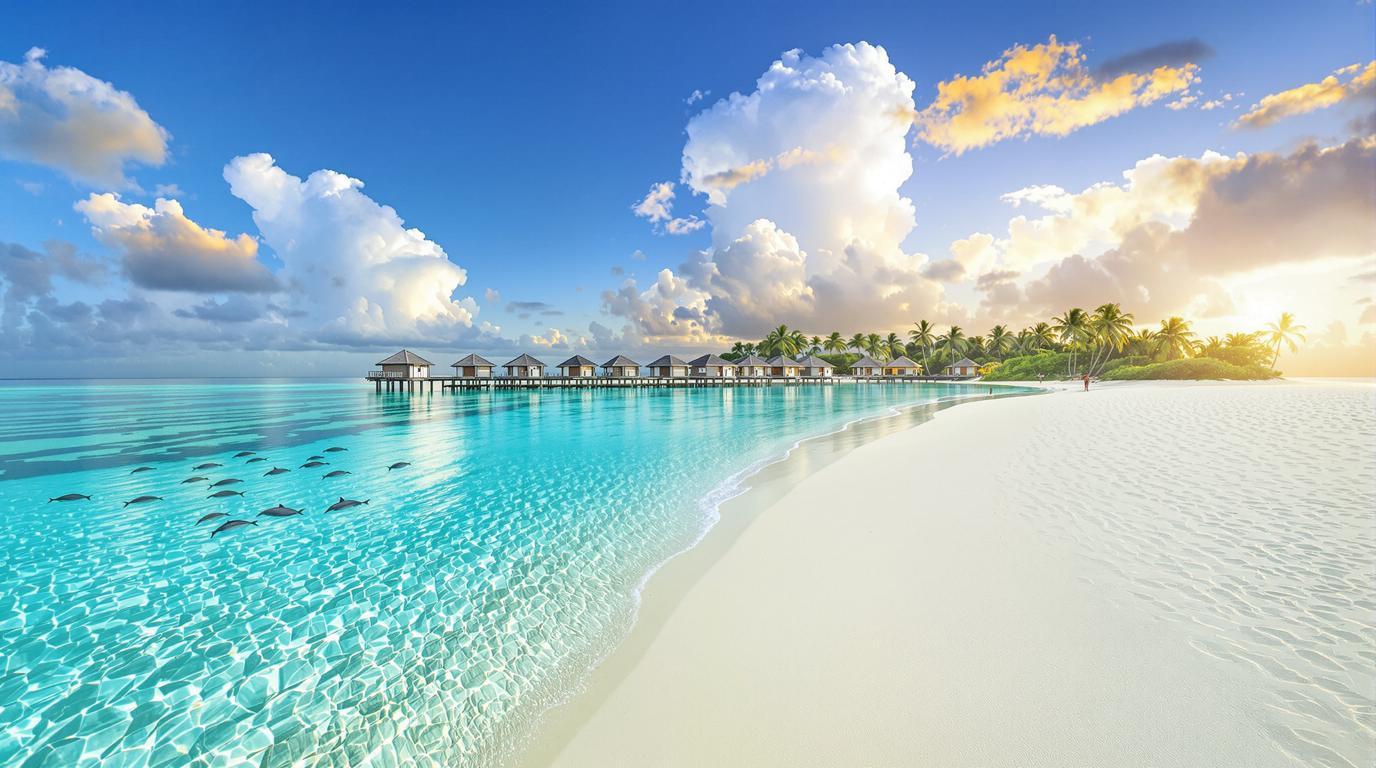Hidden away in the central Philippines lies an island paradise that locals proudly call “The Maldives of the Philippines” – a secluded gem where pristine white sandbars emerge from crystal-clear turquoise waters, mirroring those iconic images of Maldivian luxury. Yet remarkably, most international travelers have never even heard its name.
The Philippines’ best-kept secret
Manjuyod Sandbar, stretching along the coastline of Negros Island, remains one of the country’s most spectacular yet overlooked destinations. Unlike the crowded beaches of Boracay or Palawan, this ethereal 7-kilometer stretch of powdery white sand appears and disappears with the tides, creating a dreamlike landscape that rivals any postcard from the Indian Ocean.
“When visitors first see our sandbar, they stand speechless for several minutes,” says Maria Flores, a local tour guide. “They can’t believe such beauty exists without the crowds or high prices of more famous destinations.”
A disappearing paradise
What makes Manjuyod truly special is its ephemeral nature. During low tide, a vast white sandbar emerges from the azure waters, creating a temporary island paradise. High tide transforms the landscape entirely, with only the stilted cottages remaining visible above the water—a scene strikingly reminiscent of undiscovered Thai islands where time seems to stand still.
Where dolphins greet the sunrise
The Tanon Strait surrounding Manjuyod offers one of the Philippines’ most remarkable marine experiences. Early morning boat trips frequently encounter pods of dolphins playing in the golden light—spinner dolphins leaping acrobatically, bottlenose dolphins curiously approaching boats, and sometimes even rare melon-headed whales.
These protected waters host an astonishing diversity of marine life that rivals places where supernatural landscapes seem to exist on Earth, yet here they remain refreshingly uncrowded.
Authentic Filipino island life
Unlike commercialized beach destinations, Manjuyod offers glimpses into traditional Filipino coastal communities. Nearby fishing villages welcome visitors with freshly caught seafood prepared according to generations-old recipes. The locals maintain a lifestyle reminiscent of island paradises where time stands still, preserving cultural traditions largely untouched by mass tourism.
“We’re proud that visitors can experience our way of life exactly as it’s been for decades,” explains fisherman Antonio Reyes. “The sandbar has always been our special place, but we’re happy to share it with respectful travelers.”
Otherworldly accommodations
The stilted cottages standing directly on the sandbar offer an experience few other destinations can match. These simple but comfortable structures allow guests to witness both sunrise and sunset from the middle of the sea. When the tide rises, visitors experience the magical sensation of being completely surrounded by water, reminiscent of bizarre landscapes that seem from another world.
Beyond the sandbar
Adventurous travelers can extend their journey to nearby attractions like the enchanting twin lakes of Balinsasayao, ancient Spanish colonial churches, or the dramatic Casaroro Falls. Unlike Greek islands where traditional transportation prevails, Manjuyod’s surroundings are best explored by boat, revealing hidden coves and secret beaches.
The best time to visit is during the dry season (November to May) when clear skies highlight the sandbar’s brilliant white against the azure waters. Early morning arrivals increase your chances of witnessing dolphins while enjoying the sandbar at its most expansive during low tide.
As sunrise breaks over Manjuyod Sandbar, painting the pristine sand in golden hues while dolphins leap nearby, you’ll wonder how such an extraordinary place has remained hidden from the world’s attention for so long—and perhaps feel grateful that it has.
